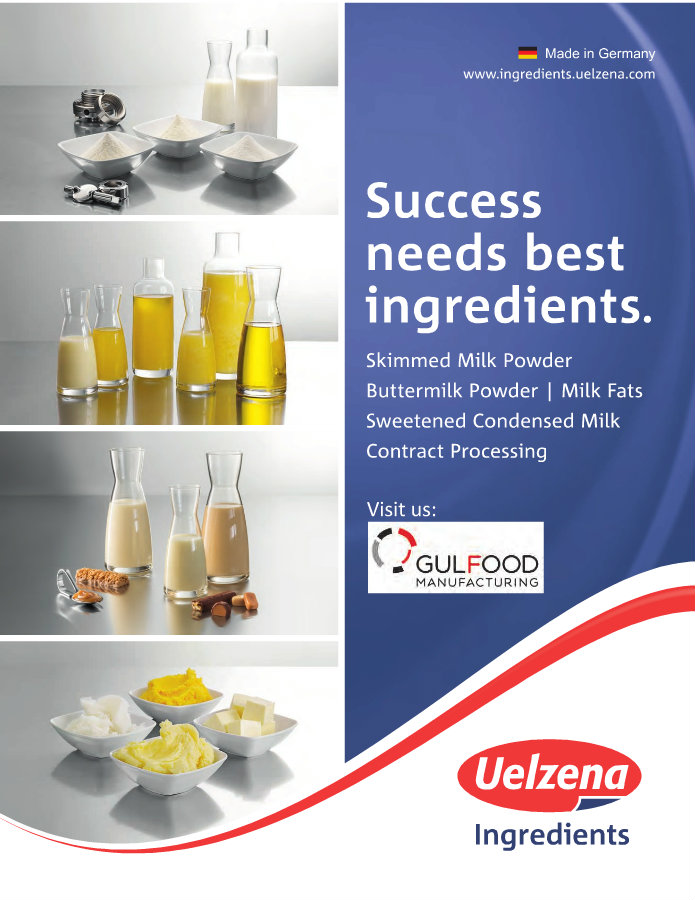If it’s not Italian and of high quality, it’s not going on the menu. So rules an unprecedented decision from Florence’s city council last week, stating that 70 percent of food sold in the Tuscan city’s UNESCO-protected historic centermust be of local origin. In recent years, cheaper shops, restaurants and take-out places have proliferated across this dense cluster of micro-neighborhoods, selling food to tourists that’s relatively affordable but neither traditional to the area nor especially good quality. The result, the city council fears, is that Florence’s distinctive character is being diluted.
New rules obliging businesses to stick to local produce should boost the authentically Tuscan nature of what central Florence offers. It should also make food more expensive and more limited in range—and could create standards that local businesses worry are unworkable.
Italy has been protecting its traditional foods for a while now. Many Italian products are protected by law under two special labels, DOP (“Denominazione Origine Protetta” or “Protected Designation of Origin”) and IGP (“Indicazione Geografica Protetta” or “Protected Geographical Indication”). You’ll find these labels cropping up on many Italian food products—Modena Balsamic Vinegar, Campanian Buffalo Mozzarella and Parma Ham are all protected, as are a host of less well-known local specialties such as South Tyrolean apples and Amalfi Coast lemons. The idea is to create something like a trademark, so that only products created in a particular region, and according to traditional methods, can be sold using that name.
There’s actually nothing exclusively Italian about this system. Modeled on wine classifications, the labels are local expressions of an E.U.-wide system that covers everything from Irish bread rolls to Polish smoked sheep cheese. The idea is a perfectly sensible one for promoting clear, honest trading. There’s nothing to prevent producers creating a cheaper, non-regional knock-off of an old delicacy, they just have to make it clear on the label that that’s what the customer is getting.
But is it really feasible for an entirely city core to specialize in such ingredients? Italy has just 223 products protected in this way, the Tuscany region considerably less. Opponents say the percentage is unworkable and should be both reduced and limited to food products rather than meals—lest it enforce a “conformist cuisine” that enshrines tradition without allowing it to grow. It could also make Florence’s food rather expensive, which is fine if you want to serve luxury produce to wealthy travelers. For less well-heeled tourists who don’t necessarily care that the cheap slice of pizza they just bought properly belongs in Naples, it could be a little exclusory.
There’s some suggestions that the move is nonetheless popular. This online survey found 90 percent of respondents in favor, perhaps suggesting an awareness that as the new ruling covers the old city only, it won’t necessarily affect their local stores or restaurants. An online poll doesn’t mean a whole lot, but Italy is indeed a largely conservative country in the kitchen. Italian mistrust of food from a different region, let alone another country, can make the French look positively experimental in their omnivorousness. If the plan works, Florence will be a beacon for Tuscan food traditions that are distinctively local and worthy of celebrating. Let’s just hope the new rules don’t mean it ends up serving exactly the same ingredients, in the same configurations, forever.





